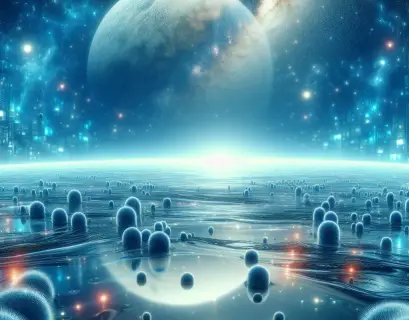The Invisible Guardians: Exploring the Consequences of a World Without Bacteria
Bacteria, often overlooked and underestimated, play a fundamental role in sustaining life on Earth. From the air we breathe to the food we...
Bdellovibrio bacteriovuras: A bacteria predator
Bdellovibrio bacteriovorus, also known as Bdellovibrio, is a unique and fascinating bacterium that has been gaining attention in recent...
Extraterrestrial Microbes: Do Bacteria Call the Moon and Other Celestial Bodies Home?
The search for extraterrestrial life has long been a fascination for scientists and the general public alike. From science fiction novels...
The Strangest Places Bacteria Call Home: Unveiling the Weirdest Environments They Inhabit
When we think of bacteria, we often imagine them living in our bodies or on surfaces around us. But did you know that bacteria can thrive...
What would have happened if bacteria didn’t exist?
Bacteria are tiny, single-celled organisms that are found in almost every environment on Earth. They play a crucial role in the functioning...

